No products in the cart.
Butylone crystal rocks
€13.95
Butylone is an analytical reference standard categorized as a cathinone. Butylone is a metabolite of bk-DMBDB and has been detected in products sold as bath salts. Butylone is regulated as a Schedule I compound in the United States. This product is intended for research and forensic applications.
Purity: 98.0%
| 1 Gram | €13.95 |
| 3 Grams | €35.95 |
| 5 Grams | €55.95 |
| 10 Grams | €91.95 |
| 25 Grams | €178.95 |
Butylone crystal rocks – More information
Butylone (also known as β-keto-N-methylbenzodioxolylbutanamine, βk-MBDB, or B1) is a synthetic entactogen and stimulant of the phenethylamine and cathinone classes. Butylone is the β-keto analog of MBDB and the substituted methylenedioxy analogue of buphedrone.
As a designer drug, it is commonly sold on the street along with ethylone as a substitute or counterfeit for MDMA and methylone (all of which have collectively come to be referred to as “Molly”) due to methylone’s declining availability on the research chemical market.
However, in spite of behavioral and pharmacological similarities between butylone and MDMA, the observed subjective effects of both substances are not completely identical.
Butylone has only a short history of human use and is reported to be less potent than its relatives methylone and ethylone as well as possessing more classic stimulant as opposed to entactogenic effects.
clinical data
| Common names | Butylone, bk-MBDB, B1 |
| Substitutive name | β-keto-N-methylbenzodioxolylbutanamine |
| Systematic name | 1-(1,3-benzodioxol-5-yl)-2-(methylamino)butan-1-one |
| Psychoactive class | Stimulant / Entactogen |
| Chemical class | Cathinone / MDxx |
Butylone dosage table
| Threshold | 20 – 40 mg |
| Light | 40 – 80 mg |
| Common | 80 – 125 mg |
| Strong | 125 – 225 mg |
| Heavy | 225 mg + |
Butylone effect progress
| Total | 3 – 5 hours |
| Offset | 60 – 120 minutes |
| After effects | 4 – 12 hours |
Chemistry
Butylone, or β-keto-N-methylbenzodioxolylbutanamine, is a synthetic molecule of the cathinone family. Cathinones are structurally similar to amphetamines in that they contain a phenethylamine core featuring a phenyl ring bound to an amino (NH2) group through an ethyl chain with an additional ethyl substitution at Rα. Cathinones such as butylone are alpha-methylated phenethylamines (i.e. amphetamines) but differ from them with the addition of a ketone functional group (a carbonyl group at Rβ). Butylone contains a methyl substitution at RN, a substitution which is shared with MDEA, ethylone, 4-MEC, and certain other stimulants and entactogens. Additionally, butylone contains substitutions at R3 and R4 of the phenyl ring with oxygen groups. These oxygen groups are incorporated into a methylenedioxy ring through a methylene chain. Butylone shares this methylenedioxy ring with MDA, MDAI and MDMA.
Toxicity
The toxicity and long-term health effects of recreational butylone use do not seem to have been studied in any scientific context and the exact toxic dosage is unknown. This is because butylone has very little history of human usage. Anecdotal evidence from people who have tried butylone within the community suggests that there do not seem to be strong adverse effects attributed to using this substance at low to moderate doses and sparingly.
It is strongly recommended that one use harm reduction practices when using this substance.
Tolerance
As with other stimulants, the chronic use of butylone can be considered moderately addictive with a high potential for abuse and is capable of causing psychological dependence among certain users. When addiction has developed, cravings and withdrawal effects may occur if a person suddenly stops their usage.
Tolerance to many of the effects of butylone develops with prolonged and repeated use. This results in users having to administer increasingly large doses to achieve the same effects. After that, it takes about 3 – 7 days for the tolerance to be reduced to half and 1 – 2 weeks to be back at baseline (in the absence of further consumption). Butylone presents cross-tolerance with all dopaminergic stimulants, meaning that after the consumption of butylone all stimulants will have a reduced effect.
Psychosis
Abuse of compounds within the stimulant class at high dosages for prolonged periods of time can potentially result in a stimulant psychosis that may present with a variety of symptoms (e.g., paranoia, hallucinations, or delusions). A review on treatment for amphetamine, dextroamphetamine, and methamphetamine abuse-induced psychosis states that about 5–15% of users fail to recover completely. The same review asserts that, based upon at least one trial, antipsychotic medications effectively resolve the symptoms of acute amphetamine psychosis. Psychosis very rarely arises from therapeutic use.
Serotonin syndrome risk
Combinations with the following substances can cause dangerously high serotonin levels. Serotonin syndrome requires immediate medical attention and can be fatal if left untreated.
| amount | 1 Gram, 3 Grams, 5 Grams, 10 Grams, 25 Grams |
|---|
Only logged in customers who have purchased this product may leave a review.
Related products
Entactogens
€11.95
Entactogens
€11.95
Stimulant
€10.95
Entactogens
Rated 4.50 out of 5
€11.95Stimulant
€13.95
Entactogens
€11.95
Sale!
New
Antipsychotic
Entactogens
€11.95


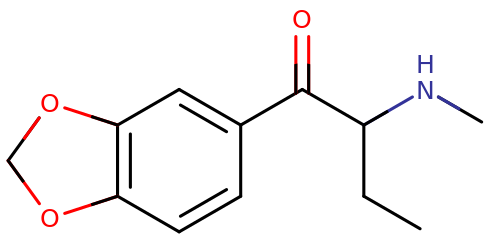
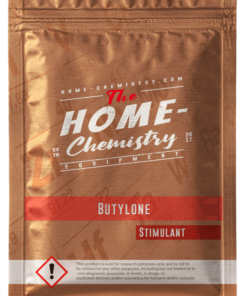

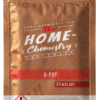
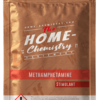
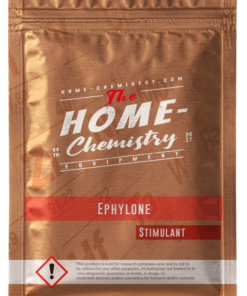

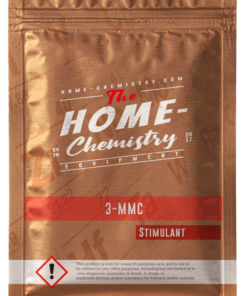


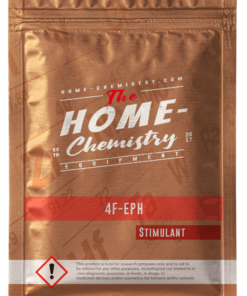



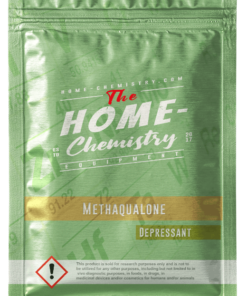

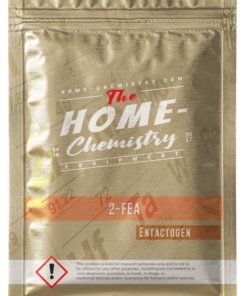

Reviews
There are no reviews yet.